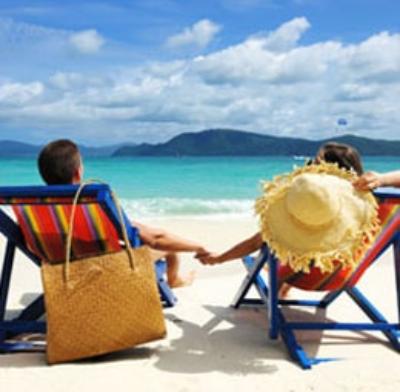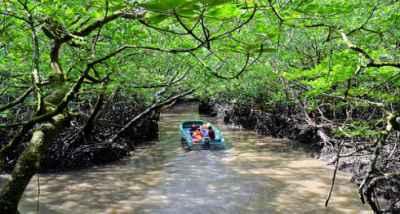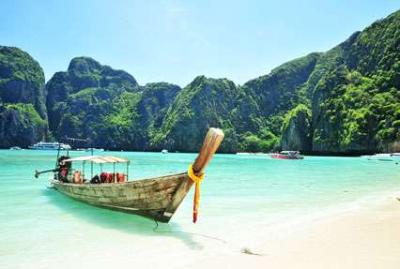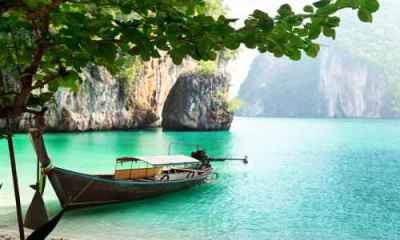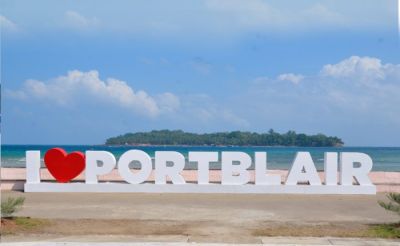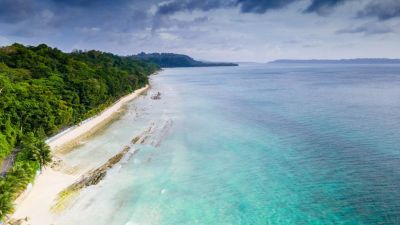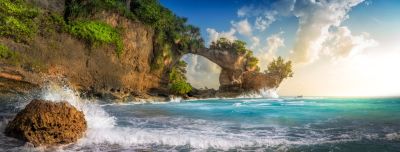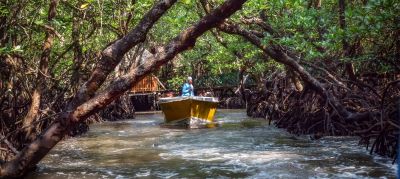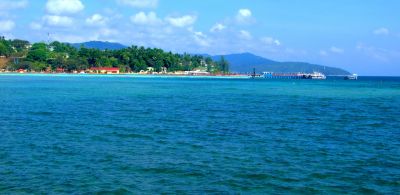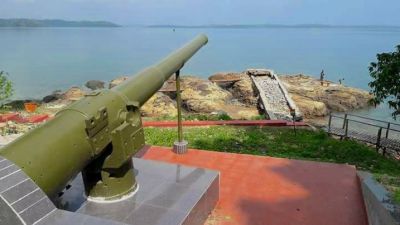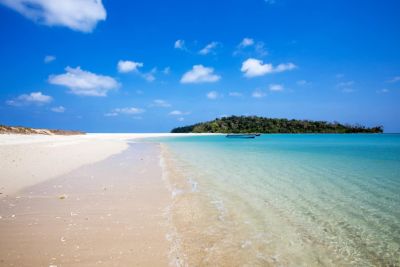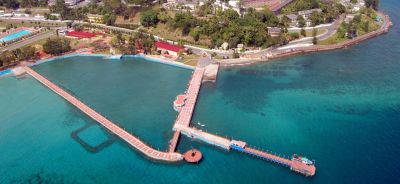A Guide to Andaman's Tribal Heritage for Curious Couples
Introduction
Andaman and Nicobar Islands, located in the Bay of Bengal, are known for their pristine beaches, crystal-clear waters, and lush green forests. However, what many people are not aware of is the rich tribal heritage and culture that flourishes on these islands. For couples with a curious mind and a thirst for exploration, Andaman's tribal heritage offers a unique and immersive experience. In this guide, we will take you on a journey to explore the fascinating tribal communities of the Andaman Islands.
The Indigenous Tribes of Andaman
Andaman Islands are home to several indigenous tribes that have inhabited the region for thousands of years. Among them, the four major tribes are the Great Andamanese, the Jarawas, the Onge, and the Sentinelese. Each tribe has its own distinct traditions, language, and way of life.
Great Andamanese Tribe
The Great Andamanese tribe, once consisting of several distinct groups, is now reduced to just a few individuals. They live in small settlements on Strait Island and perform traditional dances and songs during special occasions. Visiting their settlements offers a glimpse into their unique way of life and their struggle to preserve their cultural heritage.
Jarawa Tribe
The Jarawa tribe, known for their hunting and gathering skills, reside in the dense forests of the Andaman Islands. Visitors can take a guided tour through the Jarawa Reserve and witness their traditional lifestyle. However, it is important to note that interactions with the tribe are regulated to protect their privacy and way of life.
Onge Tribe
The Onge tribe, one of the oldest indigenous tribes in the Andaman Islands, resides on Little Andaman Island. They are skilled fishermen and maintain a close connection with nature. Spending time with the Onge tribe allows couples to learn about their traditional fishing techniques and their deep-rooted bond with the marine ecosystem.
Sentinelese Tribe
The Sentinelese tribe is the most isolated and protected tribal community in the Andaman Islands. They have minimal contact with the outside world and fiercely protect their territory. As such, visiting their island is restricted, and it is advised to respect their wishes for isolation and avoid any attempts to make contact.
Exploring Tribal Culture
Now that you are aware of the diverse tribes of Andaman, let's delve into the ways to explore and experience their rich cultural heritage during your visit.
Anthropological Museums
Andaman Islands are home to a few anthropological museums that provide an in-depth understanding of the tribes' history, culture, and artifacts. The Samudrika Naval Marine Museum in Port Blair and the Anthropological Museum in Phoenix Bay are worth visiting to gain insights into the tribal communities.
Traditional Dance Performances
To witness the vibrant traditional dances of the tribal communities, attending cultural events and festivals is a must. The annual Island Tourism Festival, held in Port Blair, showcases the cultural performances of various tribes. The rhythmic beats of tribal music and the energetic dance movements make for an enchanting experience.
Eco-Tours and Trekking
Embark on eco-tours and treks that take you deep into the forests where tribal communities reside. These tours are usually led by knowledgeable guides who provide an educational and insightful experience. It is important to opt for responsible tour operators who prioritize the preservation of the tribes' way of life and their natural environment.
Learning Traditional Crafts
Participating in workshops and classes that teach traditional tribal crafts is an excellent way to engage with the tribal communities. You can learn techniques such as basket weaving, wood carving, and beadwork, all while supporting the local artisans and their crafts.
Preserving the Tribal Heritage
As visitors, it is crucial to approach the tribal communities with respect and sensitivity. Here are some guidelines to keep in mind while exploring Andaman's tribal heritage:
- Observe and respect the privacy of the tribes. Always maintain a safe distance and avoid taking photographs without permission.
- Follow the guidance and instructions of local authorities and guides when visiting tribal areas.
- Avoid introducing modern technology, habits, or goods to the tribal communities. These can disrupt their traditional way of life.
- Support local initiatives and organizations that work towards the preservation and welfare of the indigenous tribes.
Conclusion
Andaman's tribal heritage offers a window into a world that is both ancient and captivating. By exploring the indigenous tribes of the Andaman Islands, curious couples can gain a deeper appreciation for cultural diversity and the importance of preserving traditional ways of life. Remember to approach these experiences with respect and sensitivity, ensuring that the tribal communities are protected and their rich heritage continues to thrive for generations to come.
Share this guide with fellow travel enthusiasts and let them discover the hidden treasures of Andaman's tribal heritage!
Disclaimer : The information provided in this blog is for general informational purposes only. While we strive to keep the content accurate and updated, TravelSetu assumes no liability for errors or omissions. If you believe any part of this blog infringes your rights or causes concern, please notify us immediately at info[at]travelsetu[dot]com so that appropriate action can be taken.



